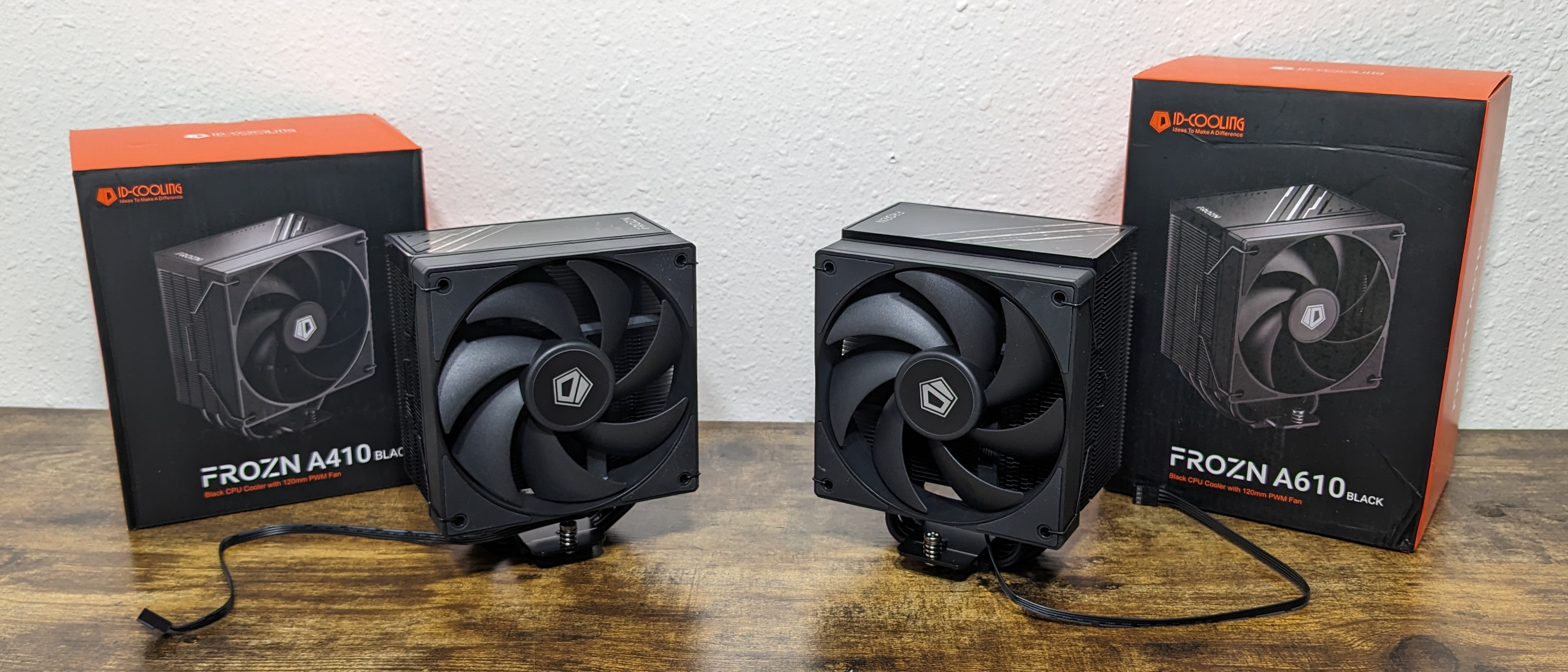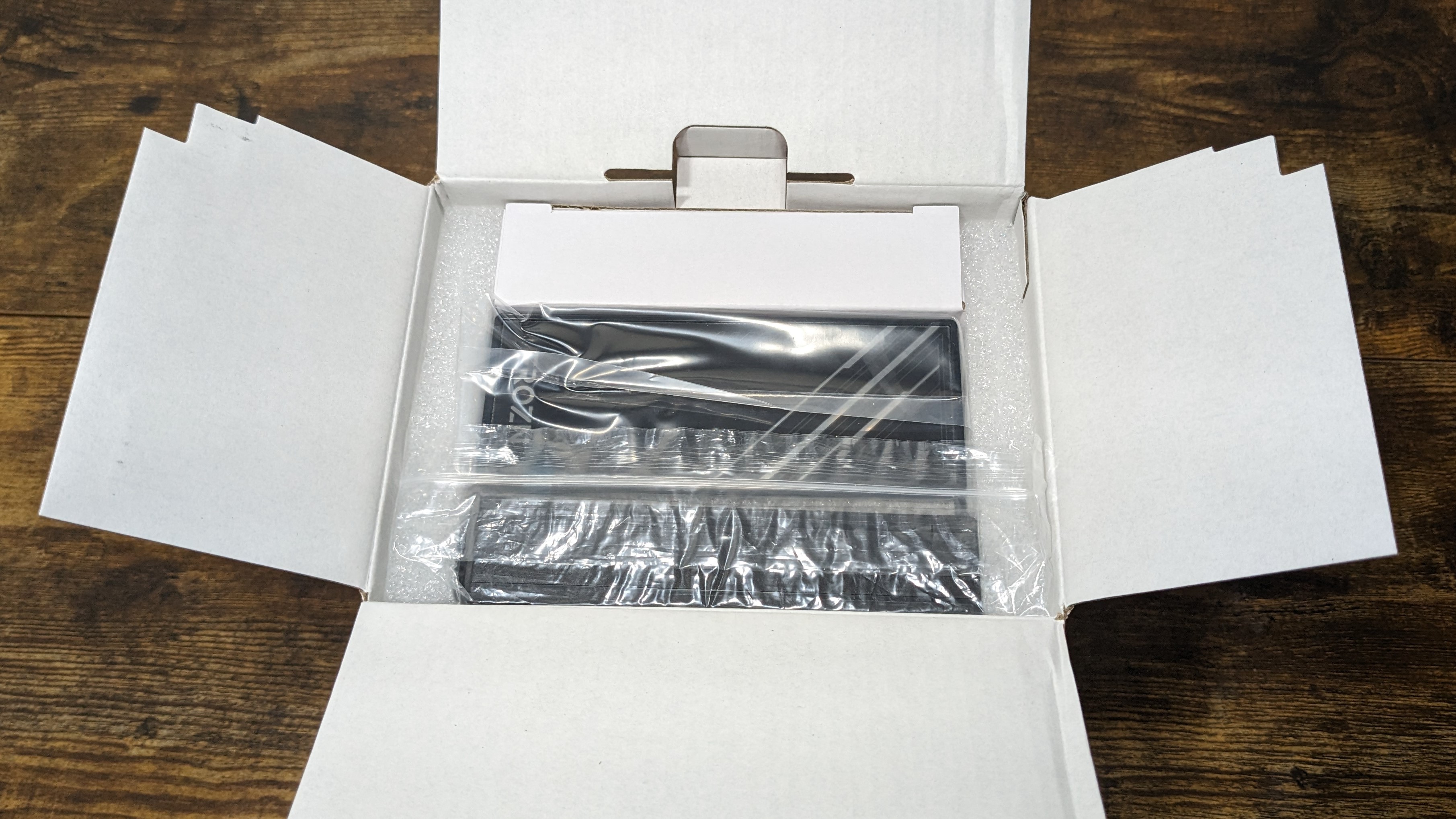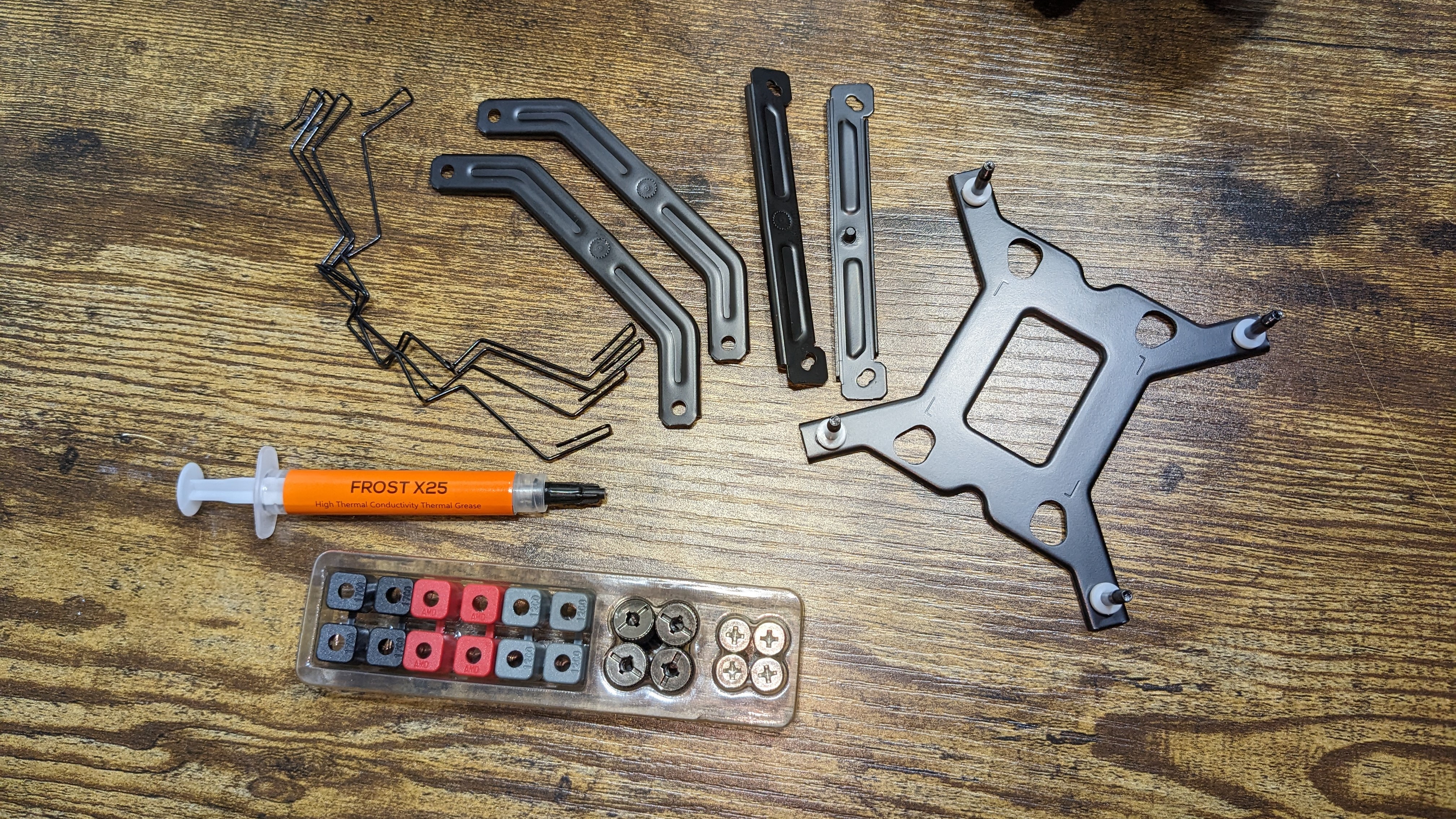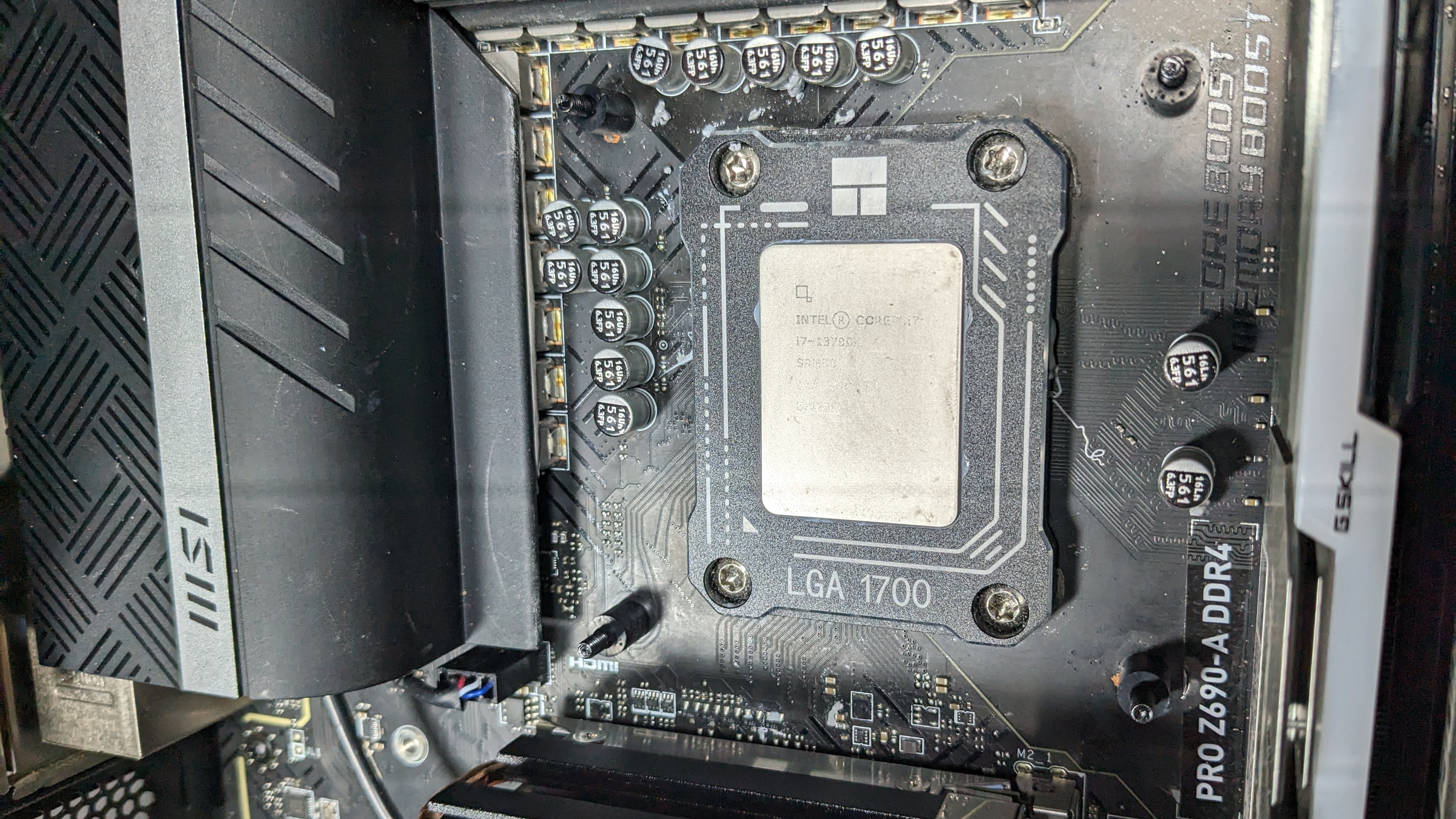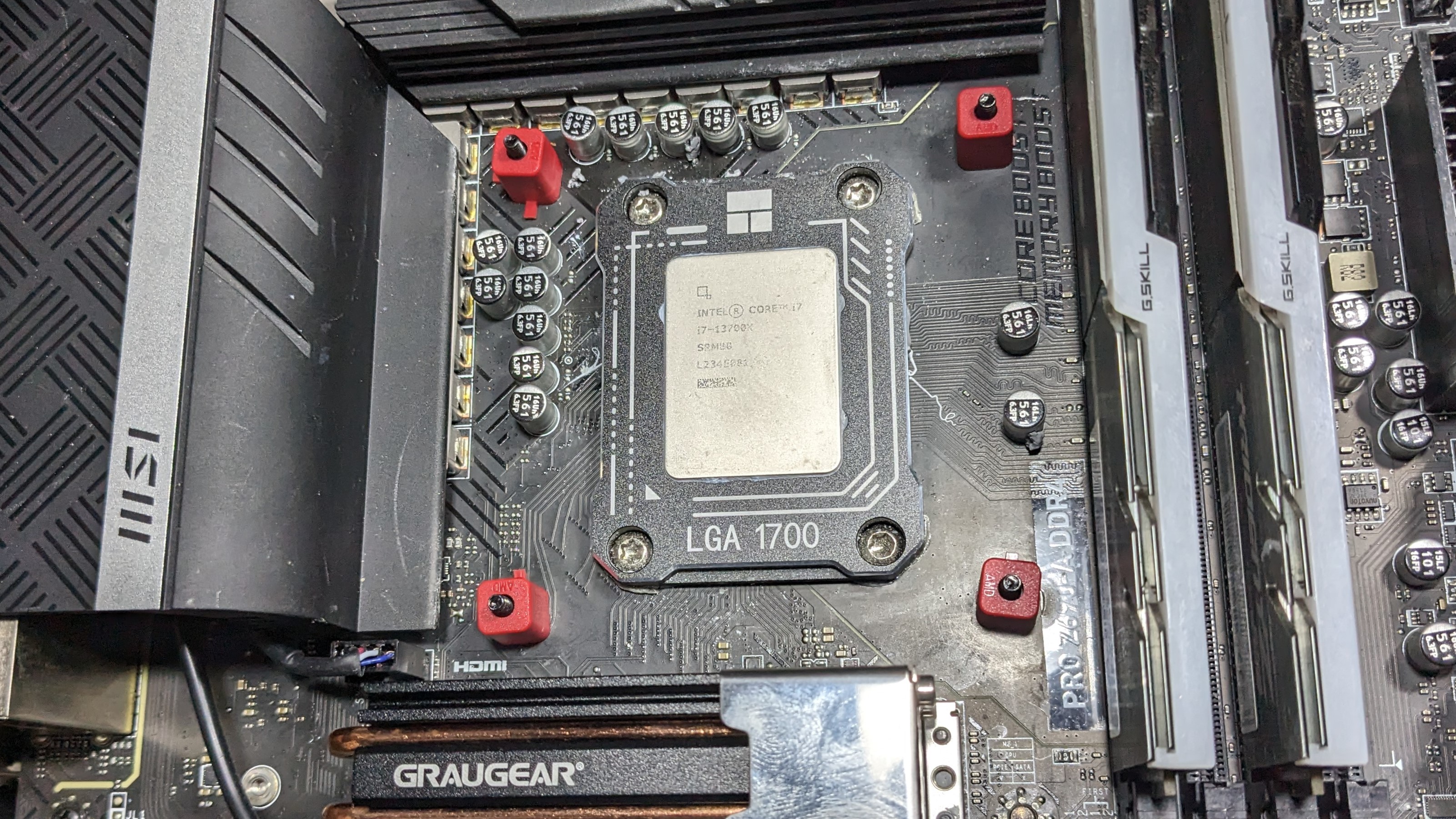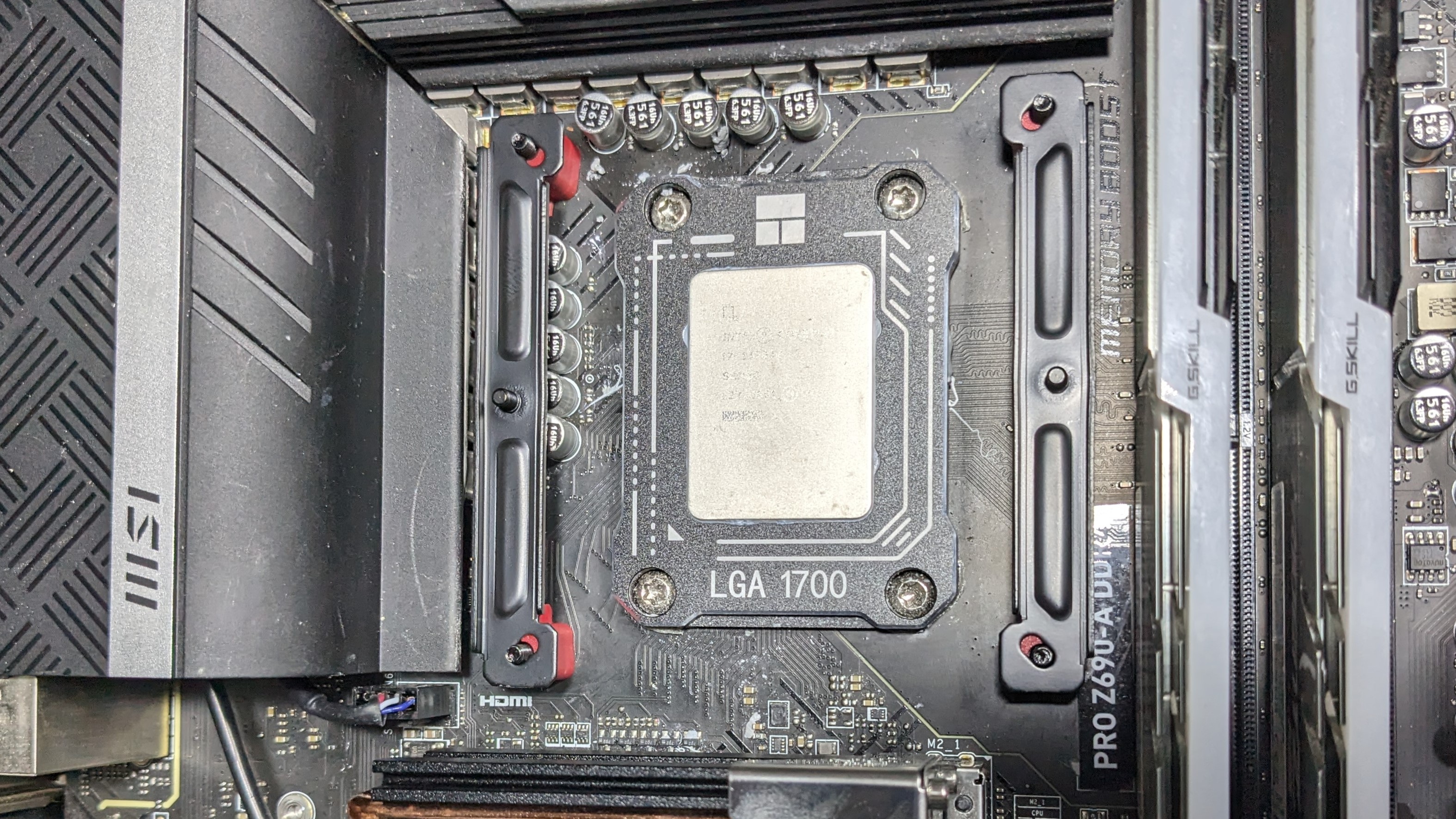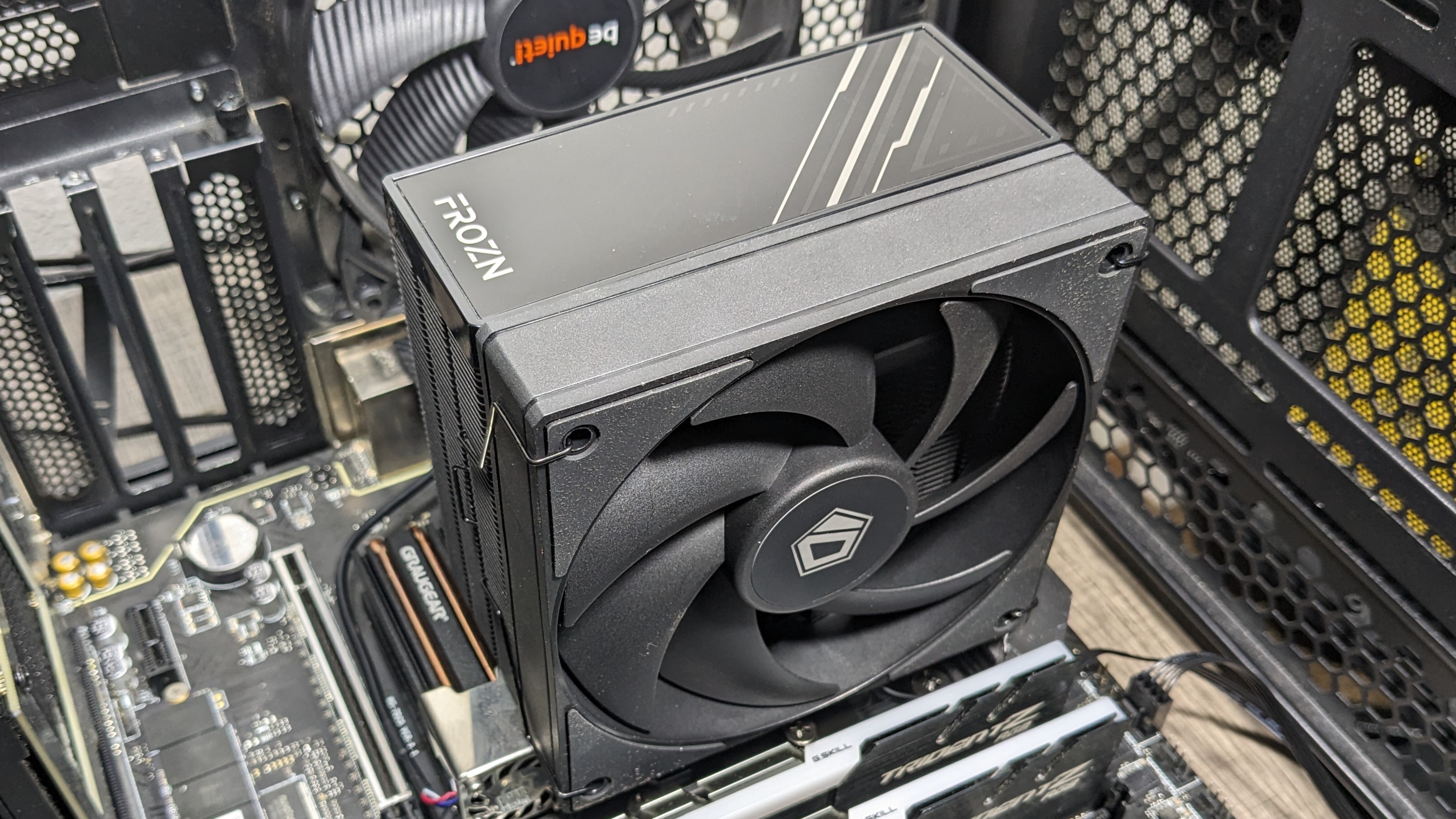Tom's Hardware Verdict
ID-Cooling’s A410 and A610 provide essential cooling performance sufficient for most users, paired with moderate noise levels. But the A410 is a better buy, as it performs nearly as well as the larger model.
Pros
- +
Reasonable thermal performance
- +
Moderate noise levels
- +
Budget prices of $29.99-$39.99
Cons
- -
A610 barely outperforms the A410
Why you can trust Tom's Hardware
ID-Cooling was founded just over 10 years ago, specializing in affordable air and liquid cooling, as well as selling thermal pastes and SSD heatsinks. Shenzhen Wan Jing Hua Technology, its parent company, has been around for a decade longer and supplies OEM cooling solutions. ID-Cooling initially targeted the European market, but has expanded in recent years to offer products in North America and other markets worldwide.
We recently examined ID-Cooling’s latest high-end air coolers, the FROZN A620 and A720 CPU coolers, and were especially impressed with the A720 model. It’s the strongest air cooler I’ve ever tested with Intel’s i7-13700K. Do these lower-end models from ID-Cooling have what it takes to earn a spot on our best coolers list? We’ll have to put it through testing to find out. But first, here are the specifications from ID-Cooling.
Cooler specifications
| Cooler | ID-Cooling FROZN A610/A410 |
| SKU | 6931393305738/6931393305622 |
| MSRP | $39.99/$29.99 |
| Heatsink Material | Aluminum |
| Rated Lifespan | Unlisted |
| Socket Compatibility | Intel Socket LGA 115x/1200/1700/20xx AMD AM5 / AM4 |
| Base | Nickel-Plated copper on A610 Nickel-Plated copper with direct touch heatpipes on A410 |
| Max TDP with Intel’s i7-13700K (Our Testing) | 220W for A410 223W for A610 |
| Dimensions | A410: 120mm (L) x 73 mm (W) x 152mm (D) A610: 120mm (L) x 92 mm (W) x 155mm (D) |
Packing and included contents
These coolers arrives in standard-size boxes, with the contents typically protected by cardboard, molded foam, and plastic.
Included with the coolers are the following:
- Single Tower Radiator
- 1x 2000RPM 120mm fan
- Mounting for modern AMD and Intel Platforms
- Frost X25 Thermal Paste
- Fan clips
LGA 1700 installation
The installation of the FROZN air coolers is straightforward if you’ve ever installed an air cooler before.
1. Press the backplate against the rear of the motherboard, and then secure it using the included rubber standoffs.
2. Next, you’ll want to take the second set of standoffs and place them on top.
Get Tom's Hardware's best news and in-depth reviews, straight to your inbox.
I accidentally used the parts intended for an AMD system here. And I didn’t realize this mistake until after I had completed testing. I compared the Intel and AMD versions, and the AMD version is a literal hair taller than the Intel version. Normally this sort of mistake would be cause for retesting – however I checked in with ID-Cooling and they confirmed my results were within expectations, and it didn’t impact our results in our previous review of the FROZN A720 which currently holds the spot for the best air cooler we’ve tested with Intel’s i7-13700K (I tested A720, A620, A610, and A410 all in a row and their mounting is the same).
3. Next, place the mounting bars on top of the standoffs and secure them.
4. Next you’ll need to apply thermal paste to the CPU – and if you're unsure how to do that, see our How to Apply Thermal Paste primer.
5. Place the heatsink on top of the mounting bars and secure it to the mounting bars with a screwdriver. With the A610 you’ll need to remove the top cover to do this, but this isn’t necessary on the A410 model.
6. Secure the included fan against the radiator towers by using the included fan clips, then connect the fans to the PWM splitter cord. Connect the PWM splitter to your motherboard, and installation is complete.
Features of ID-Cooling’s A620 and A720 Air Coolers
Four Direct-Touch Heatpipes on A410, six standard heatpipes on A610
Both coolers feature 6mm copper heatpipes, coated black. The A410 model features four direct-touch heatpipes. The A610 model features two additional heatpipes for six in total, but they are not direct touch heatpipes.
Single tower heatsink
Both units include single radiator towers to dissipate heat. The difference between the two is that the A610’s heatsink is 2cm wider than the A410’s.
Recessed Tower for maximum RAM compatibility
The heatpipes of the coolers are angled backward, providing extra clearance for the cooling fan. As a result, the fan does not overhang RAM DIMM slots at all – providing compatibility with any height of DDR4 or DDR5 RAM.
AF-125-K FDB fans
Bundled fans, not just he tower, have a significant impact on cooling and noise levels, as well as how the cooler looks in your case.
Included with the A610 and A410 is a single AF-125-K black 120mm FDB fan with anti-vibration pads on each corner. They perform reasonably well for cooling purposes, and have moderate noise levels. However, the sturdiness of construction leaves a bit to be desired – the fan housings bend easily.
| Model | AF-125-K |
| Dimensions | 120 x 120 x 25mm |
| Fan Speed | 500-2000 RPM ± 10% |
| Air Flow | Up to 78.25 CFM |
| Air Pressure | Up to 2.68mmH2O |
| Bearing Type | Fluid Dynamic Bearing |
| Lighting | None |
| MFFT | Unlisted |
LGA1700 Socket Bending
There are many factors other than the CPU cooler that can influence your cooling performance, including the case you use and the fans installed in it. A system's motherboard can also influence this, especially if it suffers from bending, which results in poor cooler contact with the CPU.
In order to prevent bending from impacting our cooling results, we’ve installed Thermalright’s LGA 1700 contact frame into our testing rig. If your motherboard is affected by bending, your thermal results will be worse than those shown below. Not all motherboards are affected equally by this issue. I tested Raptor Lake CPUs in two motherboards. And while one of them showed significant thermal improvements after installing Thermalright’s LGA1700 contact frame, the other motherboard showed no difference in temperatures whatsoever! Check out our review of the contact frame for more information.
Testing methodology
Today's highest-end CPUs, whether Intel or AMD, are difficult to cool in intensive workloads. In the past. reaching 95 degrees Celsius or more on a desktop CPU might have been a cause for concern. But with today’s top-end CPUs, this is considered normal operation. Similar behavior has been present in laptops for years due to cooling limitations in tight spaces.
All testing is performed with a 23C ambient room temperature. Multiple thermal tests are run on each CPU to test the cooler in a variety of conditions, and acoustic measurements are taken with each result. These tests include:
1. Noise normalized testing at low noise levels
2. “Out of the box”/default configuration thermal and acoustic testing
a. No power limits enforced
b. Because CPUs hit Tjmax in this scenario, the best way to compare cooling strength is by recording the total CPU package power consumption.
3. Thermal and acoustic testing in power-limited Scenarios
a. Power limited to 175W to emulate a medium-intensity workload
b. Power limited to 125W to emulate a low-intensity workload
The thermal results included are for 10-minute testing runs. To be sure that was sufficiently long to tax the cooler, we tested both Thermalright’s Assassin X 120 R SE and DeepCool’s LT720 with a 30-minute Cinebench test with Intel’s i9-13900K for both 10 minutes and 30 minutes. The results didn’t change much at all with the longer test: The average clock speeds maintained dropped by 29 MHz on DeepCool’s LT720 and 31 MHz on Thermalright’s Assassin X 120 R SE. That’s an incredibly small 0.6% difference in clock speeds maintained, a margin of error difference that tells us that the 10-minute tests are indeed long enough to properly test the coolers.
Testing configuration – Intel LGA1700 platform
| CPU | Intel Core i7-13700K |
| Motherboard | MSI Z690 A Pro DDR4 |
| Case | Be Quiet! Silent Base 802, system fans set to speed 1 setting. |
| Monitor | LG 45GR95QE |
| PSU | Cooler Master XG Plus 850 Platinum PSU |

Albert Thomas is a contributor for Tom’s Hardware, primarily covering CPU cooling reviews.
